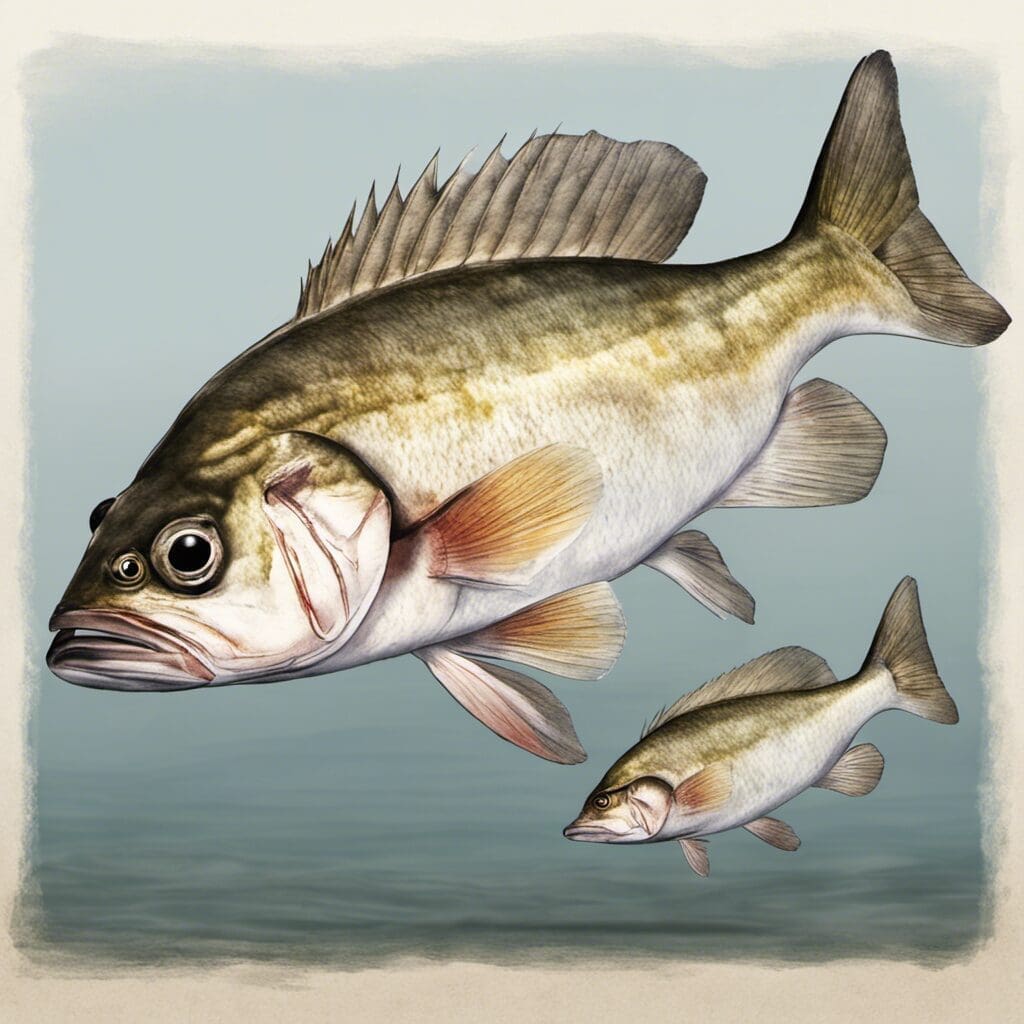Introduction
The Spotfin Croaker, scientifically named Roncador stearnsii, is a member of the Sciaenidae family, commonly referred to as the drum or croaker family.
Conservation Status
Currently, the Spotfin Croaker is not on the verge of extinction and does not possess a ”threatened” status according to most conservation categorizations.
Statistics
| Parameter | Average | Range |
|---|---|---|
| Length | 46 cm | 26 cm – 66 cm |
| Weight | 5 kg | 1 kg – 8 kg |
| Lifespan | 10 years | N/A |
Distribution
Spotfin Croakers are widespread from Mazatlán, Mexico north to Santa Cruz, California, USA. It is most abundant near the beaches of southern California and Northern Baja California, Mexico. No significant migration patterns of this species have been defined yet.
Habitats
They prefer a habitat of shallow sandy beaches and bays. Spotfin Croakers can be found at a depth range of 3 to 27 meters, favoring moderately warm temperatures ranging from 68°F to 79°F.
When and Where to See
This species shows a strong seasonal pattern with numbers peaking during the summer months. They are more active during the night, staying close to the seafloor.
Best Fishing Locations
- Newport Beach, California
- La Jolla, California
- Long Beach, California
- Dana Point, California
- Malibu, California
Spotfin Croakers are known for their residence on sandy beaches and bays. Therefore, focus on places with soft sandy bottoms and check out near-bottom habitats at night.
How to Catch
Commonly used baits are shrimp, clams, sand crabs and bloodworms. Techniques such as surf fishing and bottom fishing are quite successful. The best time to fish for Spotfin Croaker is in the warmer summer months during the night.
Identification Guide
A large and elongated body marked with spots, a straight mouth with small teeth and a large black spot at the base of the pectoral fin are key identifiers for the Spotfin Croaker. The Spotfin Croaker, unlike the similar Yellowfin Croaker, has a distinct spot on its dorsal fin.
Culinary
Spotfin Croaker is a flavorful fish that can be grilled, broiled or pan fried. The flavor profile is sweet, with a medium firmness and flaky texture. Nutritionally, it is an excellent source of protein, vitamin D and selenium.
Additional Information
Spotfin Croakers are observed to feed on polychaetes, small benthic crustaceans, and small fishes. Predators include larger fish species and marine birds. Spotfin Croaker also faces threats from human activities like overfishing and disruption of habitats through coastal development. Although there is no direct cultural or historical significance, the Spotfin Croaker is considered a popular recreational fish in Southern California.
References and Further Reading
- California Department of Fish and Wildlife
- Socal Ocean Temps

